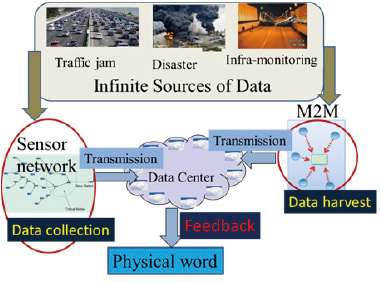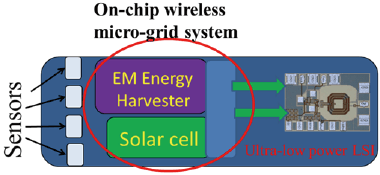

The Graduate School of Information Science and Electrical Engineering (ISEE) has a principle of collaboration of Information Science and Electrical Engineering and aims to cultivate researchers and engineers of the next generation in the field of information and electricity-electronics (I & E). The ISEE applied to the Kyushu University’ s strategic scheme for University Reform and Activation and proposed to establish a new department to promote the above collaboration between Information Science and Electrical-Electronics Engineering. Fortunately, our proposal was approved and the Department of I & E Visionaries was newly established in 2012.
This department is a special organization independent of the existing departments in the ISEE, and has the members listed below including Inner-ISEE sabbatical professors and cooperating professors. This department has a mission to activate the collaborations between I & E, create new research areas, and renew the ISEE continuously. In the first stage, this department would mainly focus on the Cyber-Physical Systems (CPS) as the common research interests.
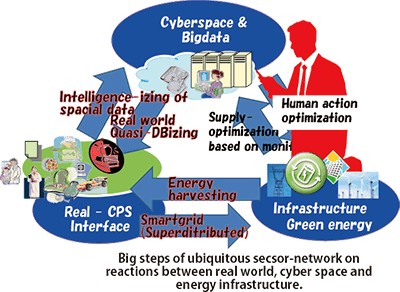
Our goal is realize of ultra-distributed and ubiquitous sensors network for IT-social system based cyber physical system (CPS). The unlimited objects in real-world must require large amount of electrical energy based on traditional electrical CPS. Therefore, we proposed multiple-quantronic sensing in which multiple quantum (electron, photon, polariton, spintron, and molecules) can be converted each other without electoronic-conversion. The fully-photonic sensors can enhance optical information. For example, battery-free or optical harvesting using multi-quantronics can be key-technology for green energy and secure society. Extremely low cost fabrication of optical sensing structure is also another theme for ubiquitous sensor network. With above scheme the ubiquitous sensing network can be construct over our real-world. The networks are activated by optical scanning and optically enhanced information can be observed with spectrally extended cameras. We can name them such as "Quasi-database-izing" of real-physical-world.
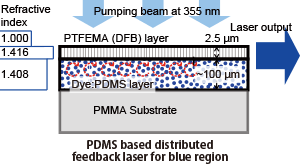
The optical microcavity structure on organic materials are important candidate for extremely low cost, human-suitable and printable sensing device. The intermediate material between solid-state and liquid-state was studied for optical system. Polydimethylsiloxane (PDMS) based waveguide can solve and deliver doped molecules inside. Right figure shows a schematic of multiple layered waveguide laser using the PDMS lasing layer. The refractive index design as shown realize single peak of distributed structure and inter-circulated dye layer. Fluorene based blue-chromophore is newly developed as PDMS soluble. The inter-circulation can extend dye durability by 20 times.
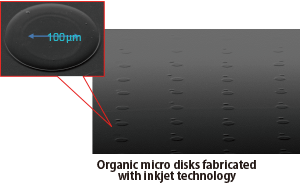
Another micro fabrication research is based on ink-jet technique. Right figure shows SEM image of organic micro disk fabrication using low-viscus polymer. Refractive index controlled and stacked disks were wet-etched and organic micro-disks with diameter of 150μm. Inkjet condition control, solubility control and drying-up profile must be optimized for the disk quality control.
In this group, we are developing the wireless technologies related to big data · CPS’ s realization that the semiconductor technologies bring forth (see Fig. 1). More specifically, the research and development of a battery-less wireless sensor node (see Fig. 2) and a maintenance-free ultrafast wireless transmitting system of having a speed over 10GBPS to collect a huge data from different sources and transmit them continuously to a data center are carried out.
